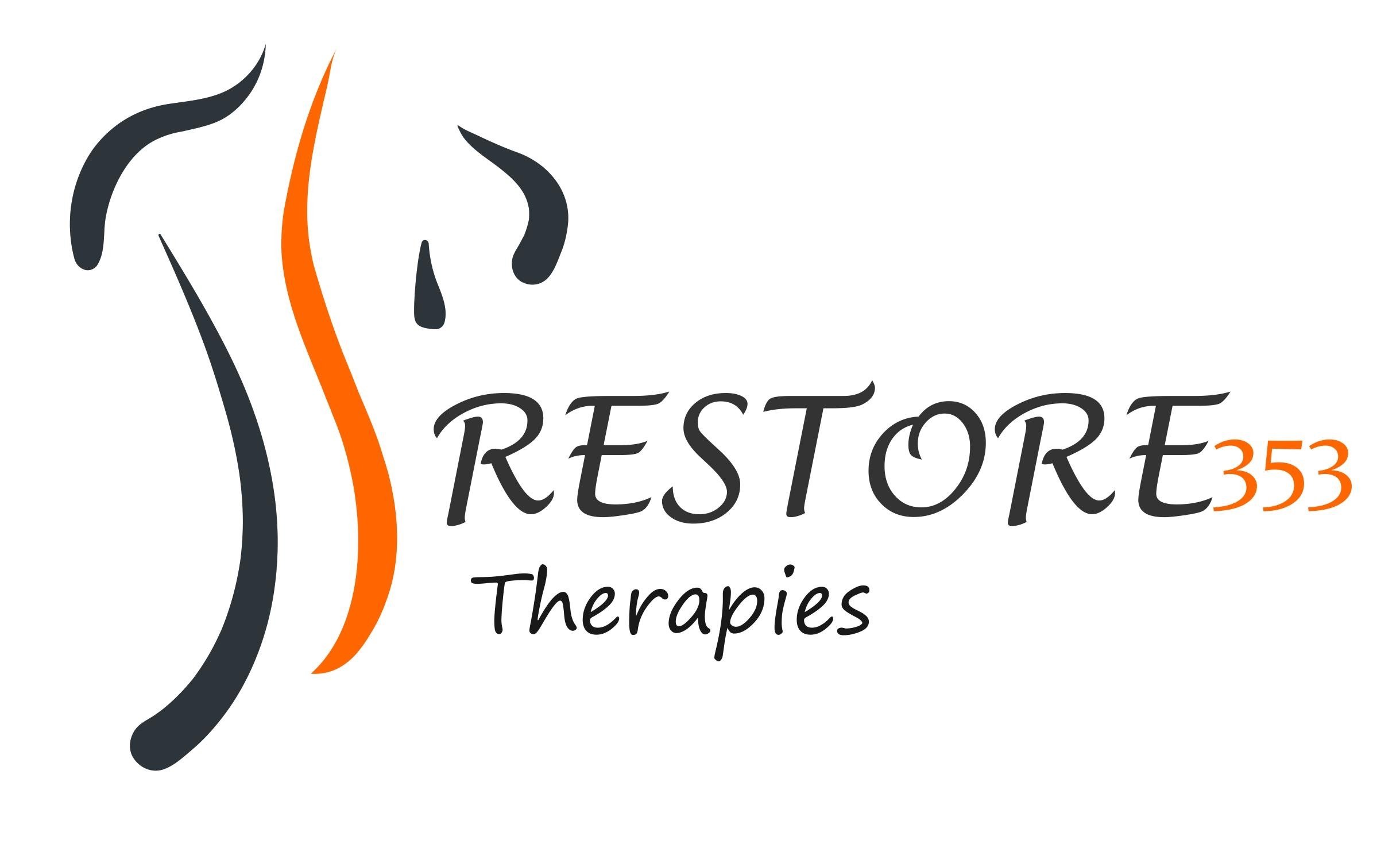Three Stretches You Can Do At Your Desk to Relieve Lower Back Pain
Are you reading this article as you are sitting in front of a computer? (The answer is very likely "yes.") Are you experiencing any lower back pain? Hopefully the answer is "no," but if it is "yes," you can stretch the pain away right where you are, without ever leaving your desk. Yoga in your desk chair? Yes!
1. Climbing the Ladder
Lower back pain can be caused from a variety of factors, one of which may be tight QL muscles (quadratus lumborums). The QL muscles are located in the lower back, one on your right and one on your left, and connect from the iliac crest of your pelvis and onto your lumbar vertebrae. If you sit at a desk for long periods of time with poor posture and curving in your lower back, you will exhaust these muscles. If your pelvis tucks under, it causes the QL muscles to overextend, which can pull on your lumbar spine and cause pain and stiffness.
To practice:
Seat yourself with both feet grounded on the floor. Reach both arms up above your head, lifting towards the ceiling. Then, reach higher through your left fingertips as you simultaneously press down through your left sitting bone, feeling a stretch through your whole left side. Then, switch to your right side, lifting higher through your right fingertips, as you press your right sitting bone into the chair. Repeat this, lifting through one side and then the other, as though you were climbing a ladder in the air above your head.
PHOTO CREDIT:Online Yoga Guide
2. Seated Forward Fold
Just as tucking you pelvis under as you sit is not ideal, neither is flaring it back. Anatomically, these phenomena would be called an "anterior pelvic tilt," meaning that you tilt the front of your pelvis forward and down, causing your booty to stick out and a "U" shape to come into your lumbar. If this sounds familiar to you, do you ever experience pinching or pain in your low back? If so, forward folding can help to re-lengthen those vertebrae which crunch together all day as you sit in your anterior pelvic tilt.
To practice:
Seat yourself with both feet grounded on the floor. Spread your knees a bit wider, so that you have some distance in between your legs. Begin with your hands on your knees, and a long spine. Draw your belly button in and up toward your spine, so you feel your abdominals contract slightly, and relax your shoulders away from your ears. Maintain the tall spine you have as you begin tipping your torso forward, hinging from your hip joint and NOT your back! You should not feel your back rounding as you lean forward. You can use your hands for support as you do this. When you feel as far forward as you can go without rounding your spine, then let your head drop between your knees and your arms hang toward the floor. Your upper body should feel completely relaxed, not tensing any muscles. Breathe into your back and feel that lovely counter stretch in your low back.
PHOTO CREDIT: Golden 8 Yoga
3. Seated Spinal Twist
Have you ever heard the person next to you cracking their back? Although the sound of pop! pop! sometimes sounds a bit alarming, there is a reason why people do this- they enjoy the feeling of release they experience after cracking their joints. A spinal twist is also a way to achieve release without even getting an adjustment from your chiropractor!
To practice:
Seat yourself with both feet grounded on the floor. On your inhale, sweep your hands up above your head and lift your bottom most ribs away from your hip bones. Scoop in your belly to engage your core, and then twist your torso to the right using your abdominal strength. Place your left hand on your right knee to assist you into the twist. From here, inhale to lengthen your spine, and exhale to release into the twist. Stay here from 5-10 breaths, and then slowly unwind to the center as you lift your hands above your head, and twist to the other side, using your core strength. Repeat on this side for 5-10 breaths.



